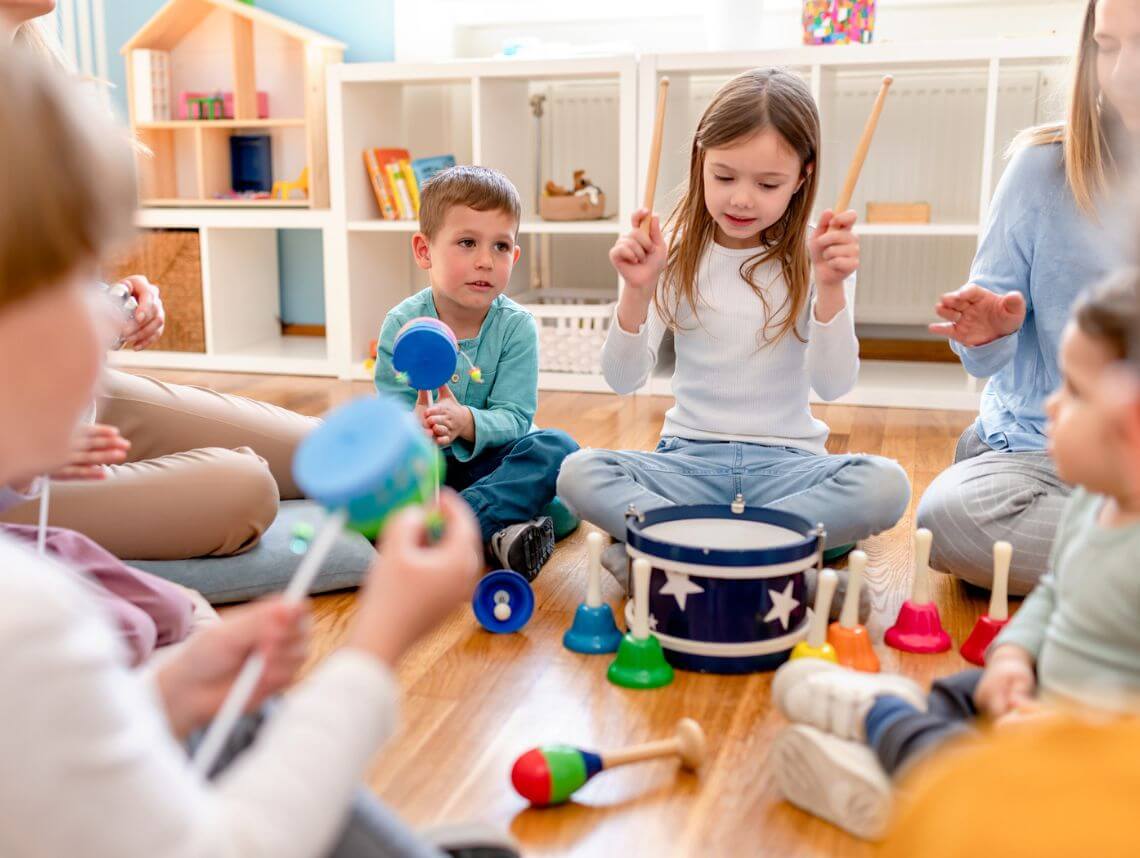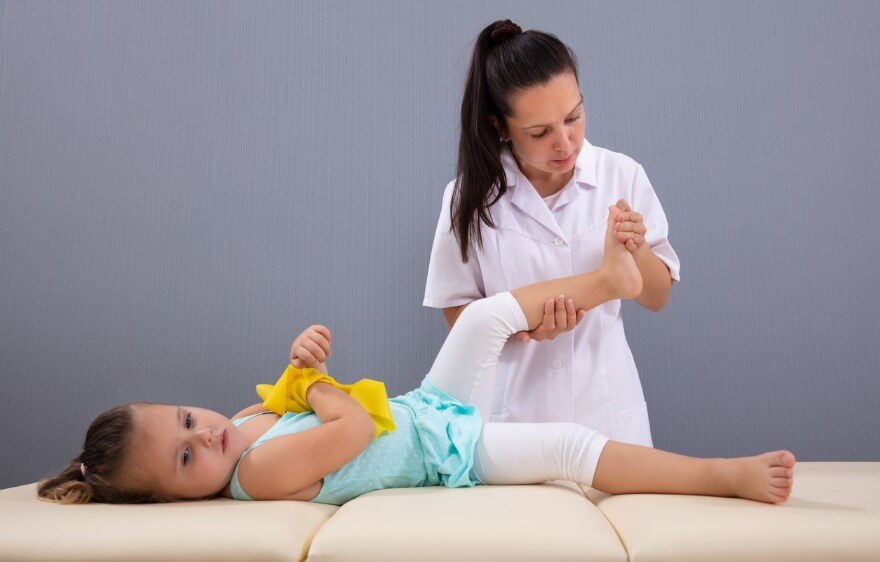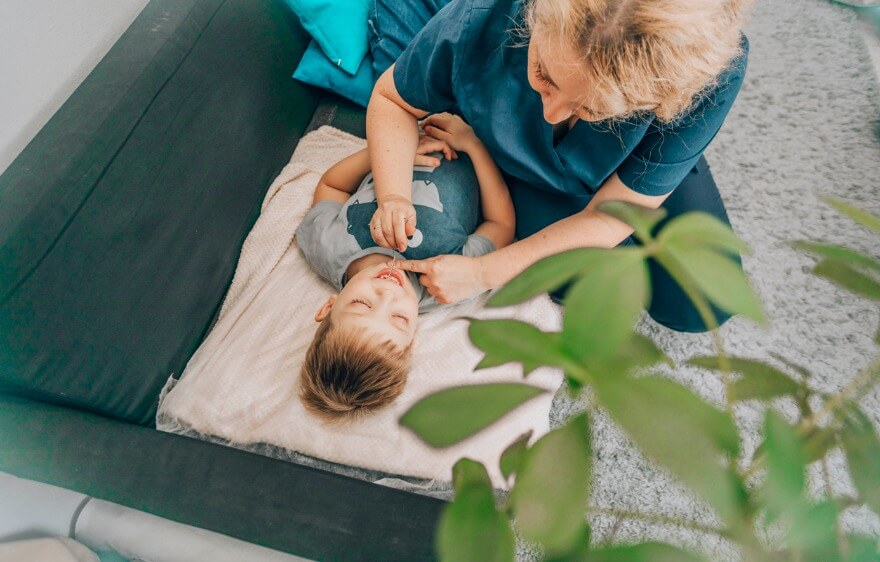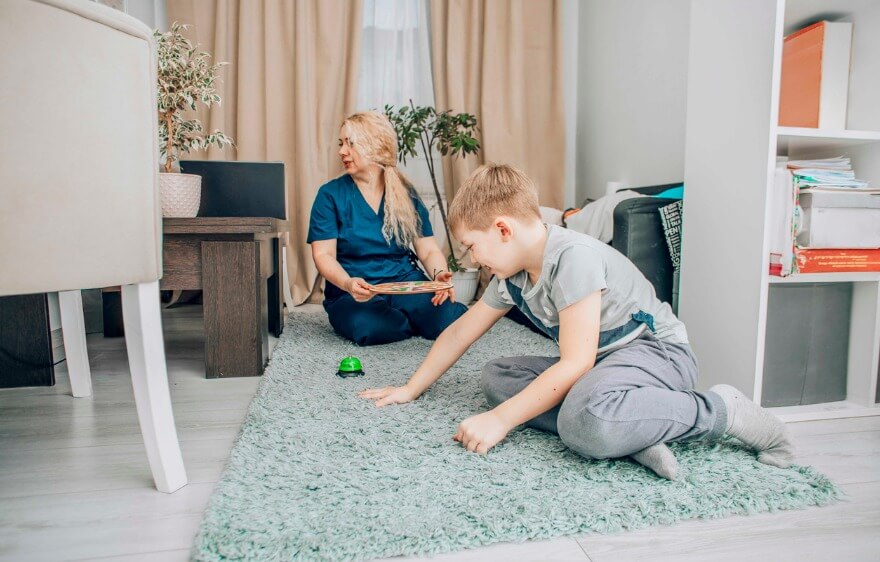Music emerges as a powerful ally in therapy, where words often struggle to capture the depth of emotions and experiences. Integrating music into therapeutic practices has proven to be a transformative tool, offering kids a unique avenue for self-expression, healing, and self-discovery. In this blog post, we’ll explore the myriad ways you can elevate your therapy experience with the profound influence of music.
Understanding the Therapeutic Power of Music
Before delving into your therapy session, it’s essential to grasp the therapeutic power that music can play in your session. Music will evoke emotions, trigger memories, and even stimulate the brain in ways that words alone cannot. Also, neuroscientific research has shown that music can impact brain functions, including mood regulation, stress reduction, and cognitive enhancement. By using music in your sessions, you can create a more holistic and engaging therapeutic experience.
Incorporating Music in Therapeutic Settings
Establishing a Musical Environment
Creating a calm atmosphere is crucial during your session. When you select music, ensure it fits in your space. Consider factors such as tempo, genre, and instrumentation to tailor the environment to the needs of your session.
Building Trust and Connection
Music serves as a universal language that transcends barriers. Incorporating music into your therapy sessions can aid in building trust and connection. Shared musical experiences can create a sense of unity and understanding, fostering a deeper bond between you and the kids.
Personalized Playlists for Emotional Exploration
Identifying Emotionally Resonant Songs
You should encourage your kids to explore and identify songs that resonate with their emotions and experiences. Whether it’s a song that brings joy or reflects sorrow, the prong of emotionally relevant music can be a powerful form of self-discovery.
Creating Personalized Playlists
Work collaboratively with kids to make them personalized playlists to reflect their emotions. These tools for self-regulation provide a soundtrack for reflection, relaxation, and motivation. Selecting and sharing these songs can be an empowering experience.
Guided Imagery and Music (GIM)
Exploring Inner Landscapes
Guided imagery and music (GIM) is a therapeutic technique that combines relaxation, imagery, and music to facilitate deep exploration of inner landscapes. You can guide clients through a personalized musical journey as a trained therapist. This allows them to tap into unconscious thoughts, emotions, and memories. GIM can be a powerful tool to seek a profound and transformative therapeutic experience.
Enhancing Mind-Body Connection
GIM sessions can contribute to integrating mind and body. This can also heighten awareness of the connection between thoughts, emotions, and physical sensations. This holistic approach leads to a more comprehensive understanding of the kid’s inner world and promotes overall well-being.
Rhythmic and Expressive Movement
Utilizing Rhythmic Therapy
The rhythmic elements of music, such as beats and tempo, can be harnessed for therapeutic purposes. Rhythmic therapy involves incorporating movement and dance into sessions. This allows the kiddos to express emotions physically. This form of movement can promote stress reduction, emotional release, and a sense of embodiment.
Drumming and Percussion Therapy
For centuries, drumming has been used across cultures for communication, ritual, and self-expression. Drumming therapy uses percussion instruments to create rhythmic patterns, promoting relaxation and emotional release. Drum circles, in particular, can foster a sense of community and connection among participants.
Music and Mindfulness
Integrating Mindfulness Practices
Music can be a powerful tool for cultivating mindfulness, the practice of being fully present in the moment. Incorporating mindfulness techniques with music, such as deep listening, can enhance the therapeutic experience. Encourage them to immerse themselves in the nuances of the music, fostering a heightened sense of awareness and presence.
Sound Meditation
Sound meditation involves using music or specific sounds as a focal point for reflection. This practice can help achieve a state of deep relaxation and concentration, promoting mental clarity and stress reduction. You can use recorded music, live instruments, or ambient sounds to achieve this. Incorporating sound meditation into therapy can be a valuable addition to mindfulness practices.
Therapeutic Songwriting and Composition
Facilitating Creative Expression
For kids who struggle to articulate their emotions verbally, therapeutic songwriting and composition are a great alternative for creative expression. They can use lyrics, melodies, and harmonies to convey their thoughts and feelings, creating a tangible representation of their inner world.
Collaborative Songwriting
Engage your clients in collaborative songwriting, where you can work together to create a musical piece. This collaborative process provides a platform for self-expression and reinforces the therapeutic alliance between child and therapist.
Incorporating music into therapy can be a transformative journey, unlocking new avenues for self-discovery, expression, and healing. Whether through personalized playlists, guided imagery and music, rhythmic therapy, or mindful practices, the integration of music enhances the therapeutic experience, fostering a holistic approach to mental and emotional well-being. By recognizing and harnessing the therapeutic power of music, kids and therapists alike can embark on a harmonious path toward personal growth and healing.
Join the Care Options For Kids Team!
Are you ready for meaningful work that comes with benefits and not burnout? Join the compassionate care team that helps children and families live their best lives. Our clinicians provide best-in-class pediatric nursing, therapy, and school-based services. We bring individualized care to children where they live, work, and play. We have opportunities in homes, schools, and clinics across the country.
Apply at Care Options for Kids now. We make it easy to get started, so you can begin making a difference as soon as possible.






